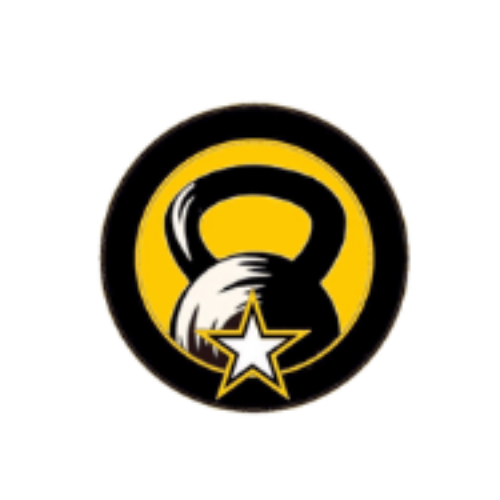The plank is a great core exercise that also engages various other muscle groups. Here’s a step-by-step guide on how to perform a plank:
Video Instructions on How to Do a Plank
Muscles worked: Core muscles, shoulders, arms, back, and legs.
Instructions:
- Starting Position:
- Begin by getting into a push-up position. Place your hands directly under your shoulders.
- Your body should form a straight line from your head to your heels. Engage your core muscles.
- Hand Placement:
- Spread your fingers for a strong grip.
- Your hands can be in fists or flat on the ground, whichever is more comfortable for you.
- Elbow Position (Optional):
- If you prefer a forearm plank, you can lower yourself onto your forearms with your elbows directly beneath your shoulders.
- Body Alignment:
- Maintain a neutral spine; don’t let your hips sag or lift too high.
- Keep your head in a neutral position, looking down at the floor.
- Legs and Feet:
- Your feet should be hip-width apart.
- Squeeze your glutes and quads to keep your legs engaged.
- Breathing:
- Breathe deeply and evenly throughout the exercise. Avoid holding your breath.
- Hold the Position:
- Hold the plank position for as long as you can maintain proper form. Beginners may start with 20-30 seconds and gradually increase the duration.
- Form Check:
- Periodically check your form. Ensure your body remains in a straight line, and your core is engaged.
- Modification:
- If you find a full plank challenging, you can start with a modified plank by resting on your knees instead of your toes.
- Frequency:
- Aim for 2-3 sets, gradually increasing the time as your strength improves.
Tips:
- Focus on contracting your abdominal muscles to maximize the effectiveness of the exercise.
- It’s better to maintain proper form for a shorter duration than to compromise form for a longer time.
- If you experience wrist pain, you can use push-up handles or perform the plank on your forearms.
Remember to consult with a fitness professional or healthcare provider if you have any pre-existing conditions or concerns about whether this exercise is suitable for you.



